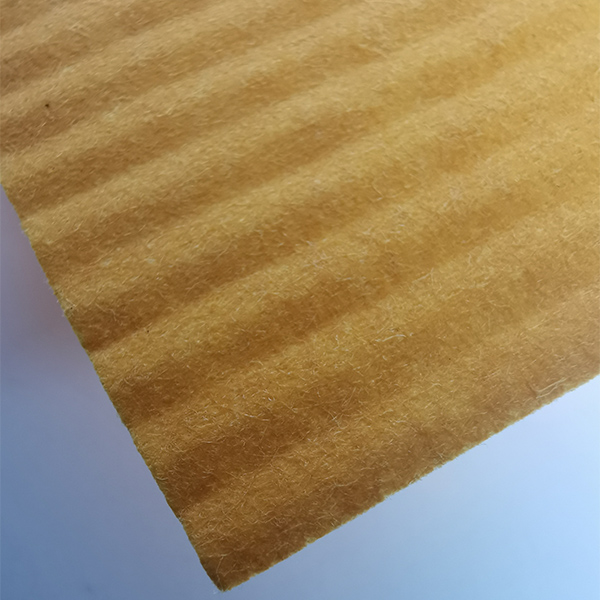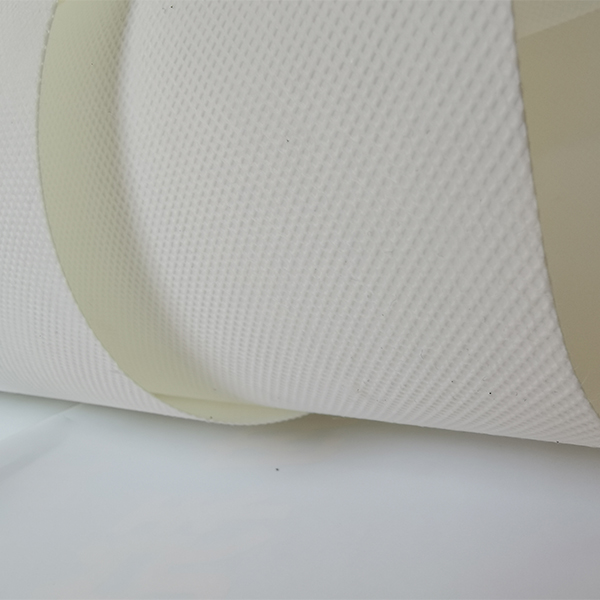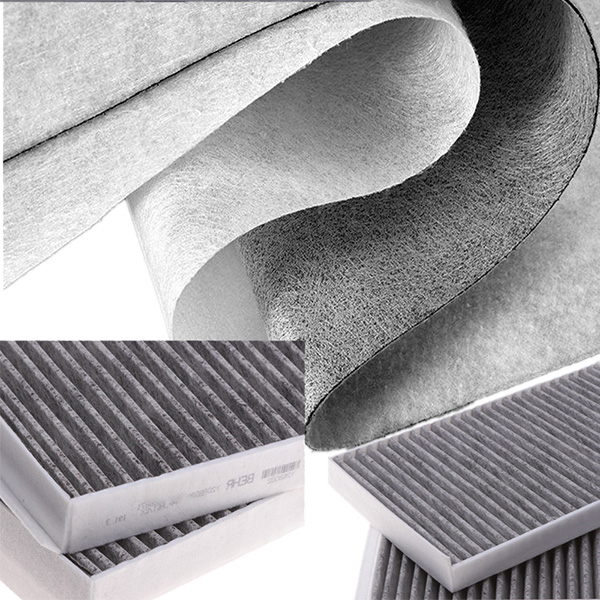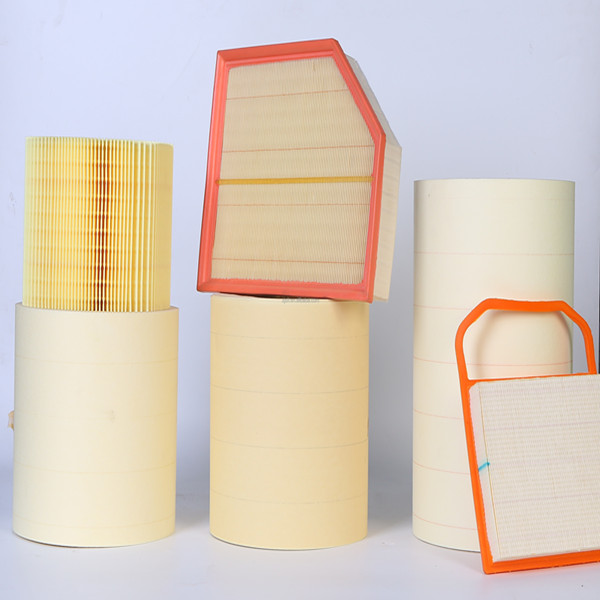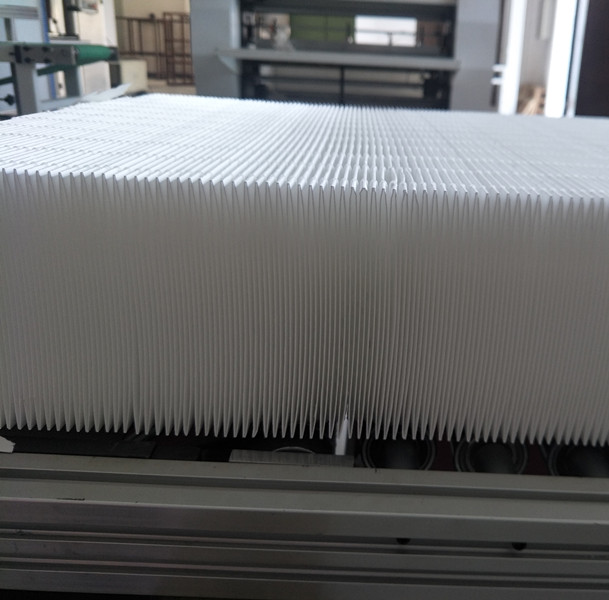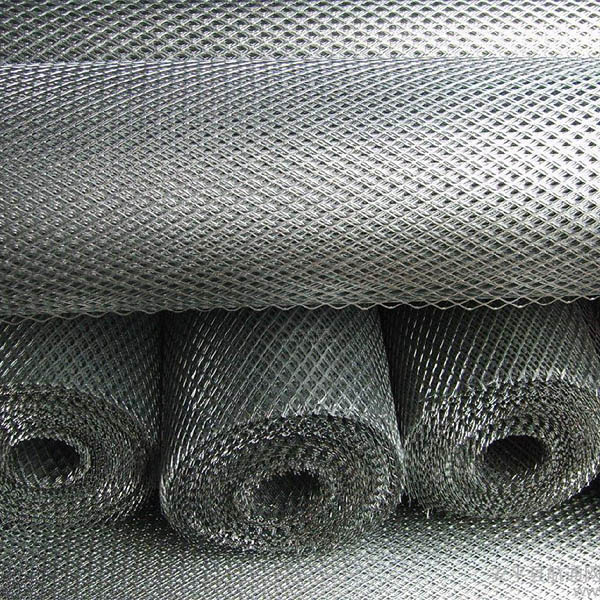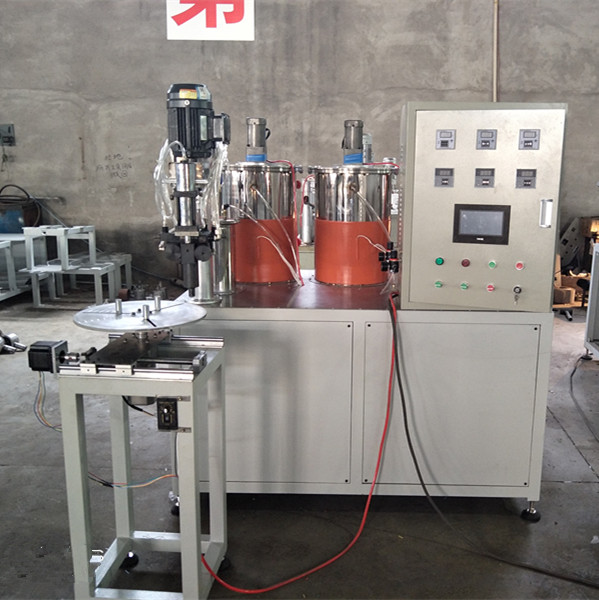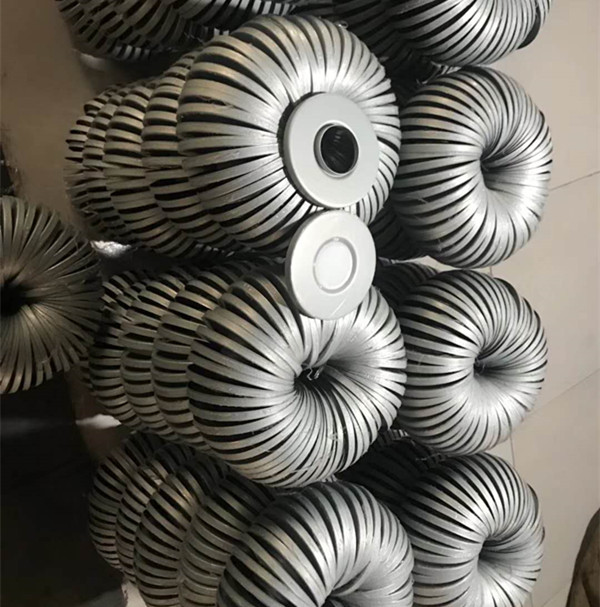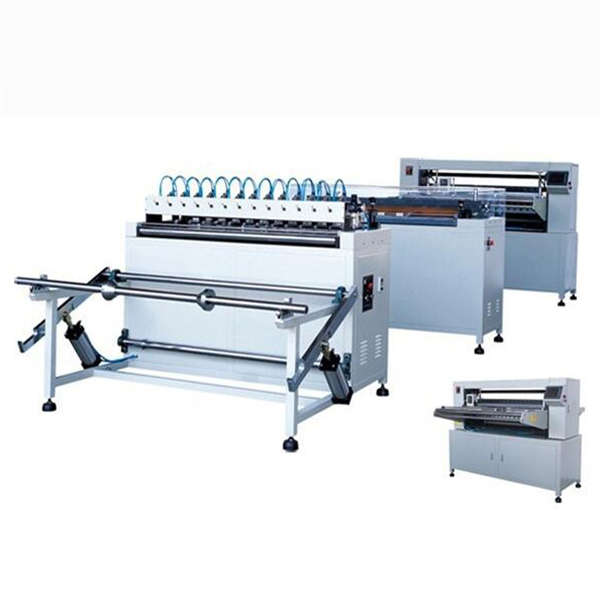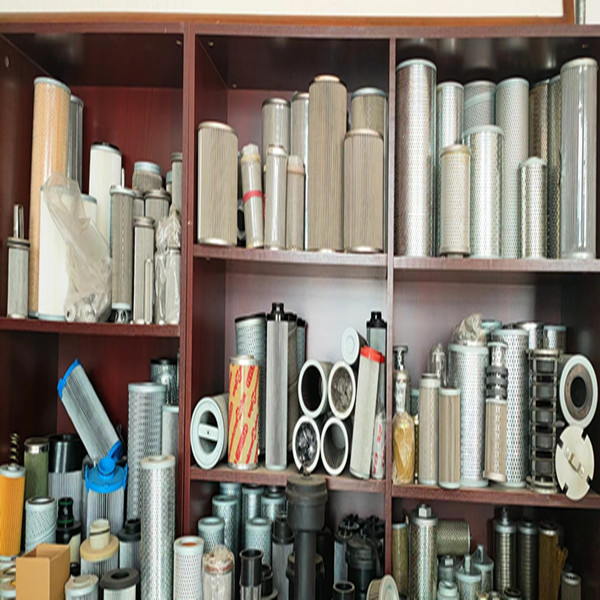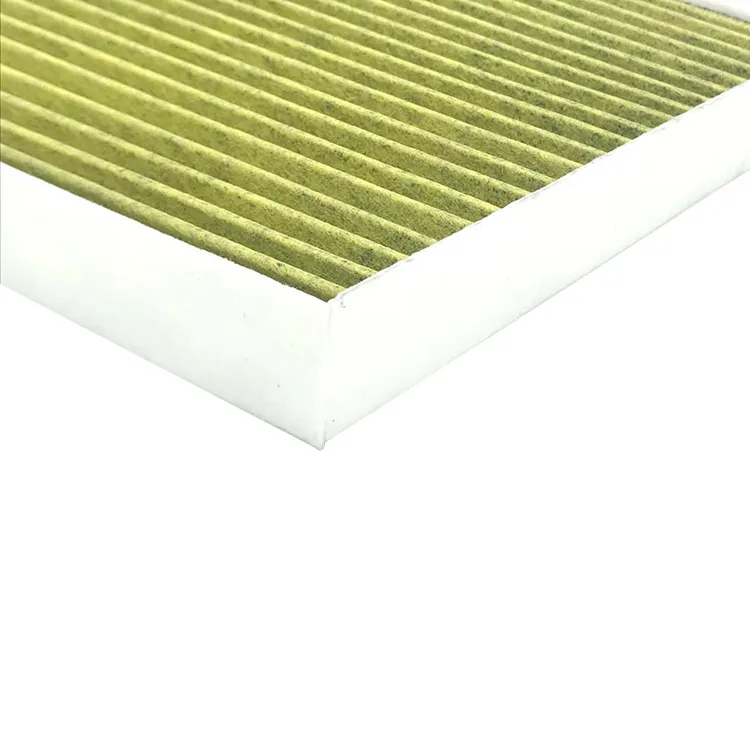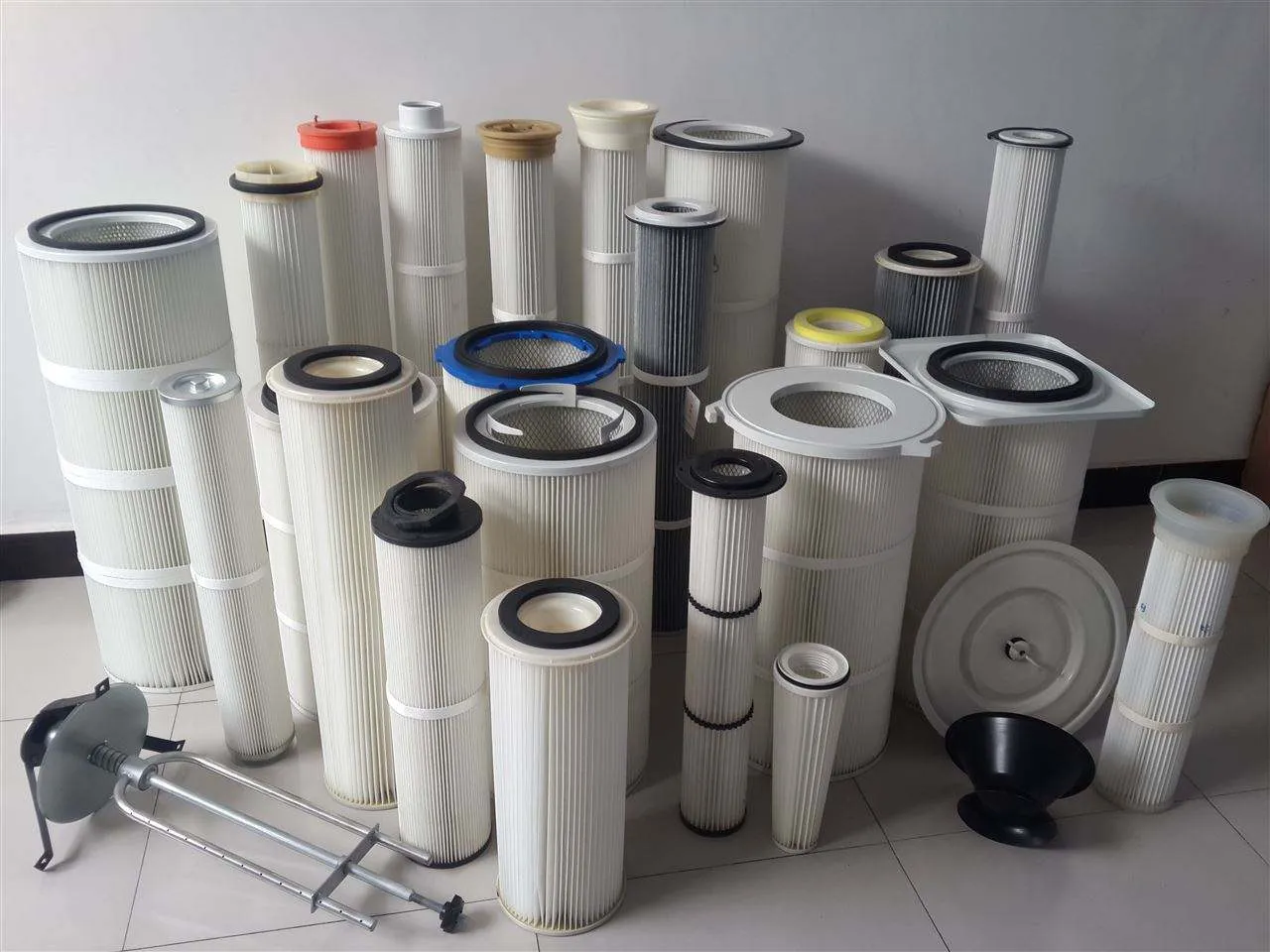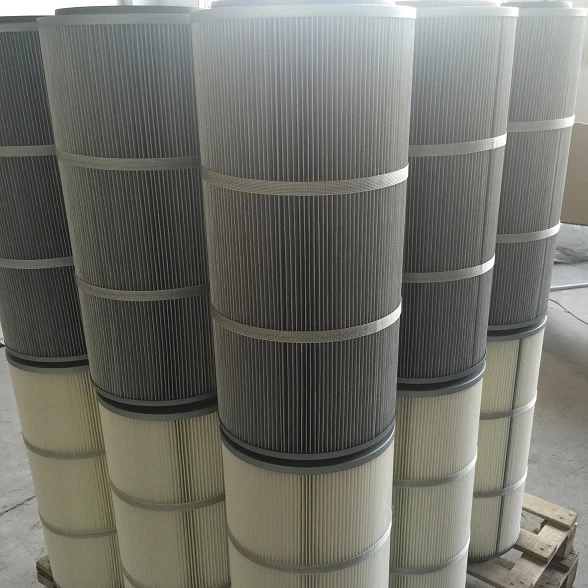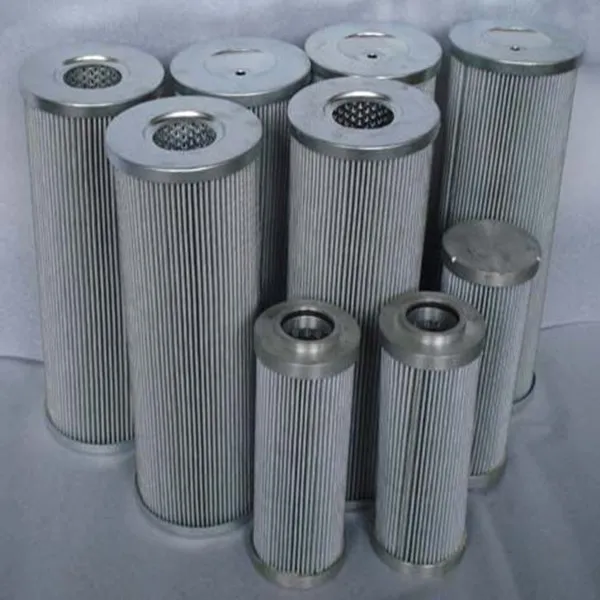Here's what we'll cover about industrial filtration solutions:
- The critical role of filtration in bulk material storage
- Performance metrics you can't ignore
- Breakthrough technologies in filter media
- Comparative analysis of leading manufacturers
- Custom engineering for specialized applications
- Real-world implementation success stories
- Future-proofing your filtration infrastructure
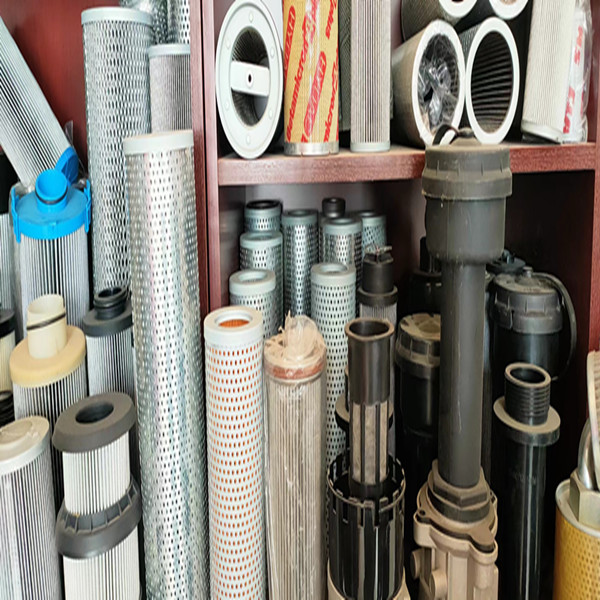
(silo filter bags)
Why Silo Filter Bags Are Industrial Game Changers
Storing powdered materials creates environmental and operational challenges in cement production, food processing, and pharmaceutical manufacturing. Emission regulations require 99.9% containment of airborne particulates below 5 microns. Unlike traditional venting systems, advanced filter bags create a differential pressure environment that maintains negative pressure during both filling and discharge cycles. Workers inhaling just 2mg/m³ of silica dust daily face a 48% increased risk of developing respiratory diseases - making high-efficiency filtration an ethical necessity as much as a regulatory compliance measure.
Performance Metrics That Impact Your Bottom Line
Filter efficiency directly influences operational costs through three measurable parameters: dust emission levels, energy consumption, and bag longevity. Third-party testing reveals that premium cement silo filter bags
capture particles down to 0.3 microns with 99.98% efficiency, reducing atmospheric emissions below 10mg/Nm³ - significantly under the EPA threshold of 30mg/Nm³. Meanwhile, hydraulic resistance below 200Pa decreases blower energy requirements by up to 25% compared to standard cartridge systems. Operational lifespan varies dramatically from 12 months with budget polyester to over 36 months for multilayer composite fabrics featuring PTFE membranes.
Breakthroughs in Fabric Technology
The evolution of filtration media centers on three technological advancements: membrane lamination, hybrid fiber blends, and specialized surface treatments. PTFE-coated polyester combines chemical resistance with 6x greater dust release properties than conventional needle felts. Polyphenylene sulfide (PPS) fibers withstand operating temperatures to 190°C while resisting hydrolysis in high-humidity environments. For cement silo filter cartridge applications, spunbond nanofiber layers increase particulate loading capacity by 300% while decreasing compressed air cleaning requirements. Rigorous pulse-jet testing confirms these advanced materials withstand over 100,000 cleaning cycles without significant pore occlusion.
| Manufacturer | Max Temperature (°C) | Filtration Efficiency | Guaranteed Lifetime (months) | Moisture Resistance Rating |
|---|---|---|---|---|
| Filtex Solutions | 150 | 99.95% @ 1μm | 24 | AA |
| EnviraFilter | 190 | 99.98% @ 0.5μm | 36 | AAA |
| Global Filtration | 130 | 99.9% @ 5μm | 18 | A |
| Puresep Industries | 170 | 99.97% @ 0.7μm | 30 | AA+ |
Tailoring Solutions for Industry Specifics
Every material handling application demands customized engineering. Powdered milk requires FDA-compliant polyester with antistatic properties to prevent combustion. Fly ash containment utilizes ceramic-infused sleeves that withstand abrasive loading cycles. For cement silo filter bags, specialized pleating patterns increase surface area by 80% compared to standard designs. Agri-business processors opt for moisture-resistant coatings preventing hygroscopic materials from blinding filters in high humidity regions. Installation configurations vary from top-access reverse pulse designs to bottom-entry shaker mechanisms, each requiring specific flange dimensions and clamping pressures validated through FEA simulations.
Real-World Implementation Case Studies
Midwestern Cement reduced particulate emissions by 89% after replacing their 14-year-old ventilation system with cylindrical filter cartridges. The initial 18-month ROI calculation proved conservative - actual maintenance savings reached $124,000 annually due to elimination of vent stack cleanings. Similarly, Brazilian sugar processor CaneTech transitioned from cage-type assemblies to specialized silo filter bags with hydrophobic membranes. Despite 20% higher humidity during monsoon season, their maintenance intervals extended from weekly to quarterly, saving 260 man-hours monthly. Offshore drilling platforms now utilize explosion-proof certified filter housings after combustible dust incidents declined 93% following upgrade implementations.
Securing Future Production with Advanced Filtration
Investing in premium silo filter cartridge systems provides operational continuity as environmental standards escalate. Industry analysis forecasts updated EPA regulations will mandate particle capture below 1 micron by 2027 - a specification currently met by only 28% of installed filtration systems. Leading operations managers conduct quarterly performance validation using ISO 11057 test methodologies. Predictive maintenance technologies like differential pressure sensors connected to IoT platforms now alert technicians before issues disrupt material flow. Forward-looking manufacturers increasingly treat filter components as capital investments rather than consumables.
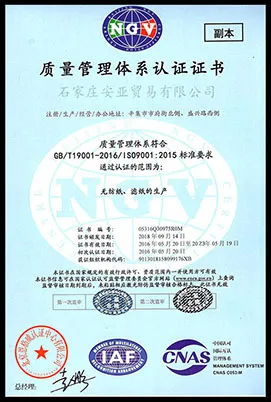
(silo filter bags)
FAQS on silo filter bags
Q: What are silo filter bags used for?
A: Silo filter bags are designed to capture dust and particles in industrial storage silos. They ensure proper ventilation while preventing contaminants from escaping. They are commonly used in cement, grain, and chemical industries.
Q: How do cement silo filter bags differ from regular filter bags?
A: Cement silo filter bags are reinforced to handle fine cement dust and abrasive particles. They often feature heat-resistant materials to withstand high temperatures. Their design ensures efficient airflow and minimal clogging in cement storage systems.
Q: When should I replace my silo filter bags?
A: Replace silo filter bags when airflow resistance increases or visible wear/tear occurs. Regular inspections help prevent operational downtime. Cleaning cycles may extend their lifespan depending on material and usage.
Q: What factors determine the choice of silo filter cartridge vs. filter bags?
A: Filter cartridges offer higher dust-holding capacity and precision for fine particles. Bags are cost-effective for large-volume applications. The choice depends on particle size, airflow requirements, and maintenance preferences.
Q: Can silo filter bags be cleaned and reused?
A: Yes, many silo filter bags are designed for reuse after cleaning. Methods include mechanical shaking or compressed air pulses. Always follow manufacturer guidelines to avoid damaging the filter media.
Post time: 5월-31-2025

